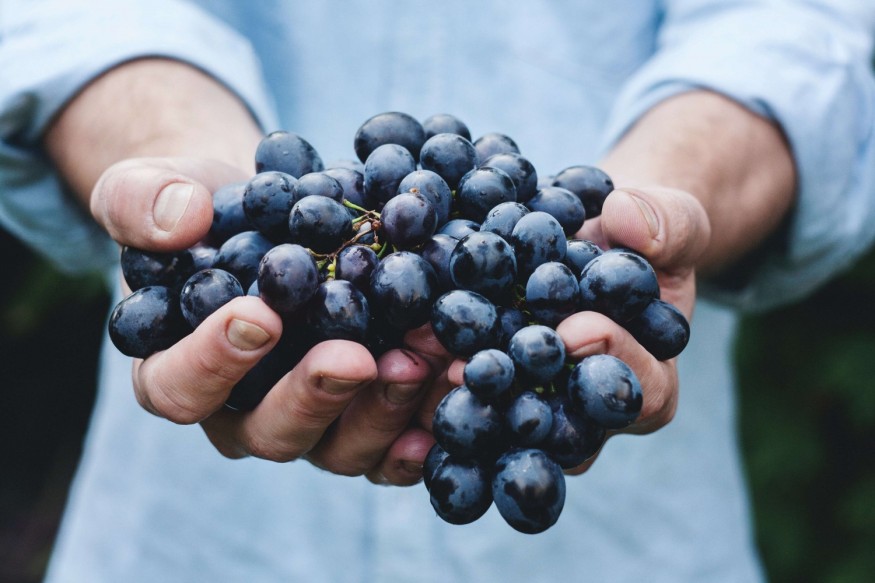For thousands of years, Afghanistan has been growing grapes, with various local varieties developed over time. To enjoy grapes beyond the summer season, Afghans use mud-straw containers called Kangina, preserving them for up to six months without modern refrigeration or chemicals.

Kangina: Ancient Afghan Food Preservation Technique
Murtaza Azizi, Acting Director for Tourism at the Ministry of Culture and Information, explained to Atlas Obscura that despite being a long-standing practice passed down through generations, there has been limited documentation or research on the preservation technique.
The clay-rich mud used in Kangina acts as a seal, akin to a Tupperware or ziplock bag, effectively protecting the fruit from the cold winter temperatures and proving most suitable for specific grape varieties.
Afghanistan, situated in the fertile soil and warm, dry climate of the Hindu Kush mountains, boasts a diverse range of fruits. The country produces around 1.5 million tons of fruit annually, but only a third of this output is exported, as fresh fruit is commonly served with most meals.
Different regions contribute to the fruit variety, with the South excelling in pomegranates and melons, like the village in Central Afghanistan renowned for its apples, cherries, apricots, and vineyards, particularly famous for their grapes.
According to an article in Famizen. the Kangina resembles two fused loaves of sourdough bread and is crafted from two layers of clay-rich mud. Each layer is shaped into a bowl and sun-dried. Once both "earthenware bowls" are completely dry, approximately 1kg of ripe undamaged fruit is placed inside, and the vessel is sealed with an additional layer of mud, creating an airtight enclosure.
The sealed Kangina is then stored in a cool, cellar-like environment, often kept away from direct sunlight, and some people even choose to bury the containers underground. This preservation technique allows the fruit to stay fresh for up to six months, enabling Afghans to enjoy the delightful sweetness of summer's harvest during the winter months.
Modern Food Preservation Techniques
Food preservation involves preparing and storing food to ensure its safety and quality for long-term use. As per an article in High Speed Training, it helps prevent bacterial growth and spoilage, making the food safe and enjoyable to consume in the future.
There are three key reasons why food preservation is crucial:
- Minimizes the risk of pathogenic bacteria, such as E. coli and Salmonella, which can thrive in long-term storage conditions.
- Helps maintain the best quality of food, as spoilage over time can affect taste, texture, appearance, and nutritional value.
- Saves money by reducing waste, allowing items like vegetables, fruits, and meat to be used well beyond their usual expiration dates, preventing unnecessary disposal.
While some preservation methods may be challenging, successfully applying them can bring a sense of satisfaction and pride. Moreover, as these methods require precision and care to ensure food safety, individuals become more aware of food hygiene risks and best practices.
Food preservation techniques vary from basic methods like refrigeration to more intricate processes like canning. But the six most common techniques are chilling, freezing, sugaring, salting, canning, and vacuum packing.
Some methods offer creative ways to diversify food options at home or for commercial sales with various packaging options. Certain preservation methods extend the shelf life of inventory in commercial kitchens, leading to reduced waste and higher profitability.
RELATED ARTICLE:
Perishable Food Can Now for Last Months, Thanks to This New Pasteurization Technique
Check out more news and information on Food Preservation on Science Times.
© 2026 ScienceTimes.com All rights reserved. Do not reproduce without permission. The window to the world of Science Times.











